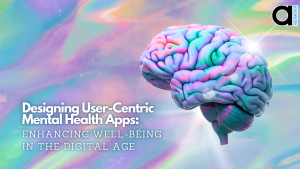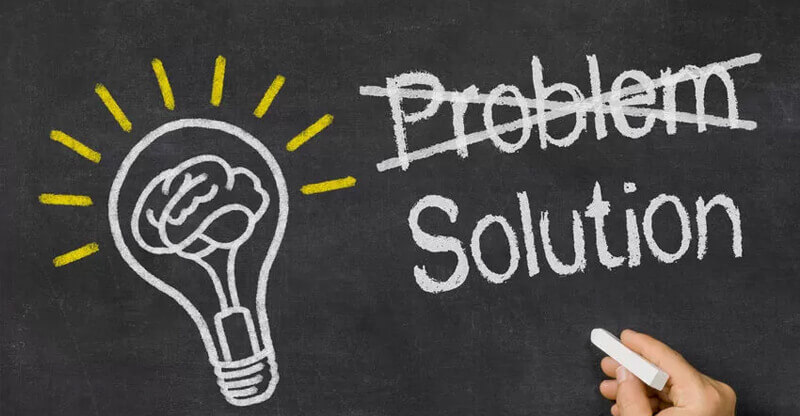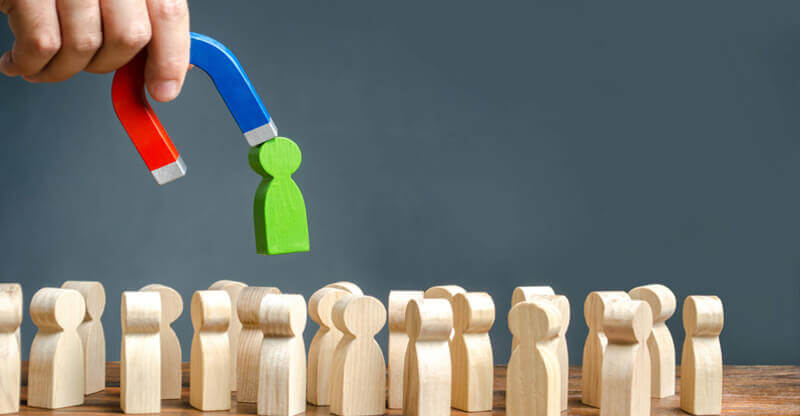Designing User-Centric Mental Health Apps: Enhancing Well-being in the Digital Age

In today’s fast-paced world, where technology is seamlessly integrated into our lives, mental health awareness has taken a front seat. With the rise in stress, anxiety, and depression, there’s an increasing need for innovative solutions to support our emotional well-being. This is where user-centric mental health apps from the mobile app development agency in Kolkata come into play. In this article, we will delve into the world of these apps, exploring their significance, key features, a short guide to building them, and the art of designing them to effectively cater to users’ needs.
Understanding the Need
The need for mental health well-being apps is a response to the escalating challenges of modern living. As societal pressures, work demands, and digital overload continue to surge, the toll on individuals’ mental health becomes undeniable. This shift has given rise to a global conversation around emotional well-being, and the role of technology in addressing these concerns has become pivotal.
Accessibility:
Traditional mental health services have often been inaccessible due to factors like cost, stigma, and limited availability. Mental health well-being apps break down these barriers by providing convenient access to support tools 24/7.
Reach:
The digital landscape knows no bounds. Mental health apps have the potential to reach individuals in remote areas or those who are hesitant to seek help through conventional means.
Personalization:
Every individual’s mental health journey is unique. Well-being apps offer personalized experiences, tailoring content and strategies to specific needs, which can be particularly effective in promoting engagement and progress.
Normalization:
The prevalence of mental health apps contributes to normalizing conversations around emotional well-being. As more people turn to these tools, the stigma surrounding mental health begins to diminish.
Early Intervention:
Well-being apps offer early intervention by providing resources to manage stress and anxiety before they escalate into more serious conditions. This preventive approach can lead to improved long-term outcomes.
Continuity of Care
For individuals undergoing therapy or counselling, mental health apps can act as supplementary resources, ensuring continuity of care between sessions.
Data-Driven Insights
Many apps use data analytics to provide users with insights into their well-being journey. Tracking progress and identifying patterns can empower users to make informed decisions about their mental health.
In essence, mental health well-being apps bridge the gap between the growing demand for emotional support and the limitations of traditional methods. By leveraging technology, these apps offer a versatile and accessible solution that aligns with the needs and preferences of today’s digitally-oriented society.
The Power of User-Centric Design
Designing a mental health app that truly makes a difference starts with placing the user at the centre of the development process. User-centric design entails understanding the user’s journey, needs, and preferences. By creating an intuitive and empathetic interface, app developers can establish a strong foundation for fostering a positive user experience.
Key Features of Effective Mental Health Apps
- Personalized Well-being Plans: Tailoring the app’s content and features to the user’s specific needs creates a more relevant and engaging experience. This could include mood tracking, goal setting, and self-assessment tools.
- Resourceful Content Library: Curating a diverse range of articles, videos, and exercises can empower users with knowledge and coping strategies. The content should be informative, evidence-based, and easy to comprehend.
- Mindfulness and Meditation: Integrating guided meditation and mindfulness exercises can help users manage stress and anxiety. These features provide a moment of calm in the midst of a chaotic day.
- Progress Tracking: Allowing users to monitor their progress over time can enhance motivation and a sense of accomplishment. Visualizing improvements can be a powerful psychological boost.
- Community Engagement: Building a supportive community within the app fosters a sense of belonging. Users can share their experiences, offer advice, and find solace in connecting with others facing similar challenges.
- Professional Support: Connecting users with licensed therapists or counsellors through the app can break down barriers to seeking help. Real-time chats or video sessions provide a confidential space for users to express themselves.
A Short Guide to Building Mental Health Well-being Apps
Designing an effective mental health app involves a thoughtful process that combines technology, psychology, and user experience. Here’s a brief guide to get you started:
- Identify Your Purpose: Define the app’s purpose and target audience. Are you focusing on anxiety, stress, or general well-being? Knowing your niche helps tailor your content and features.
- Research and Collaboration: Study existing apps, gather insights from mental health professionals, and collaborate with psychologists to ensure your app is grounded in evidence-based practices.
- User-Centric Approach: Map out the user journey. What pain points do they experience? How can your app address these needs effectively?
- Feature Selection: Choose features that align with your app’s purpose. Balance interactive tools, educational content, and community-building elements.
- Sleek Design: Prioritize a user-friendly interface with calming colours, smooth transitions, and clear navigation. Remember, the design should evoke a sense of comfort.
- Security and Privacy: As mental health data is sensitive, implement robust security measures to protect user information and ensure HIPAA compliance if offering professional services. Use services provided by the top mobile app development agency in Kolkata for the best results.
- Testing and Iteration: Test your app with a diverse group of users. Gather feedback and iterate based on their suggestions and experiences.
The Art of Designing for Impact
When it comes to designing a mental health app that stands out, aesthetics and usability are paramount. A soothing color palette, calming animations, and intuitive navigation contribute to a visually appealing and user-friendly interface. Striking the balance between a professional look and a warm, inviting atmosphere is key.
Furthermore, using language that’s empathetic and reassuring can help users feel understood and validated. The tone should be non-judgmental, encouraging, and motivating. The app’s layout should be organized, ensuring that users can easily find what they need without feeling overwhelmed.
Conclusion: A Path to Emotional Well-being
In conclusion, user-centric mental health apps have emerged as transformative tools for prioritizing emotional well-being. By understanding the user, offering relevant features, following a guide to app development, and creating an impactful design, these apps can effectively enhance the lives of countless individuals seeking support. As technology continues to evolve, the potential for mental health apps to make a positive impact remains boundless. Let’s embark on this journey of designing with empathy, making the world a healthier and happier place, one app at a time.
Aquarious Technology is a leading player in the realm of mental health app development. With a dedicated team of professionals ranging from skilled developers to mental health experts, Aquarious brings a unique blend of technical prowess and psychological insight to the table. By partnering with Aquarious Technology, a mobile app development agency in Kolkata, you’re not just building an app – you’re embarking on a journey to make a meaningful impact on people’s lives. Their commitment to creating empathetic, user-centric mental health well-being apps aligns perfectly with the mission of prioritizing emotional well-being in the digital age.
-
14
+Category
-
98
+Post
Top Categories
Popular Posts
- The Power of Prototyping in Software Development
- Version Control Best Practices for App Development
- Understanding Visual Hierarchy: A Guide to Effective Design
- Crafting Intuitive Navigation: A Guide to Seamless User Experience
- Choose Your Best Cloud Provider
- Making the Leap: Transitioning from Manual to Automated Software Testing
- Using GitHub- Advantages and Disadvantages
- E-commerce Product Photography on a Budget
- Tech Innovation in Developing Countries
- Smart Cities: How Technology is Shaping the Urban Landscape
- Principles of Composition: Creating Visual Harmony with Composition
- Exploring Cross-Platform App Development
- Why Regular Website Updates Matter
- Navigating Effective Facebook Audience Targeting
- Implementing Ads for Game Monetization
- Designing User-Centric Mental Health Apps: Enhancing Well-being in the Digital Age
- NFTs and Collectibles: Creating NFT App Solutions for Collectors and Enthusiasts
- Successful Implementation of Enterprise Apps
- Maximizing Business Impact with EQ
- Proven SMO Ads Optimization Tips (2023)






